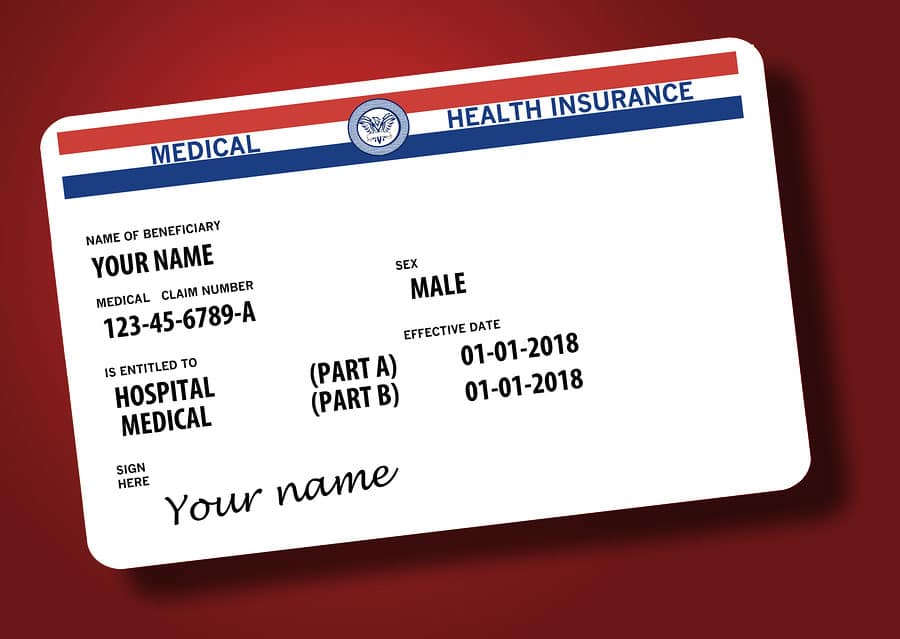The bleeding disorders community has been monitoring a recent change in how some pharmacy benefit managers are accepting pharmaceutical copay cards. Since January, a number of pharmacy benefit managers (PBMs) have delivered letters to hemophilia patients informing them of a change in their coverage called an accumulator adjustment program.
Beginning January 2018, a few health plans, specifically high deductible plans offered by self-insured employer groups, have changed the way they calculate copays for patients using these cards. Up until this January, prescription coupons/copay cards have always counted towards a patient’s deductible and out-of-pocket maximum. For companies implementing this change, only money paid by the patient will count towards out-of-pocket maximums. PBMs argue that patients who have no “skin in the game” may choose more expensive drugs without considering cost (because the patient wouldn’t be the one paying the price). By only allowing money paid by the patient to count towards their accumulator, they hope to incentivize patient’s to choose generic drugs and limit unnecessary spending.
Copay cards will still be accepted, however, once a patient uses the full value of their drug coupon/copay card–typically within the first 3 to 5 months of the year–they will still be responsible to cover their expenses (deductible & copays) until they reach their out-of-pocket maximum as defined by their health insurance plan. Because of this change, patients could soon be faced with significant additional financial burdens.
HFM is working closely with other stakeholders to advocate on a state and federal level to inform payers of the unintended consequences of these changes. Have you receive a letter informing you of this change? Contact Sarah Procario at sprocario@hfmich.org today.



